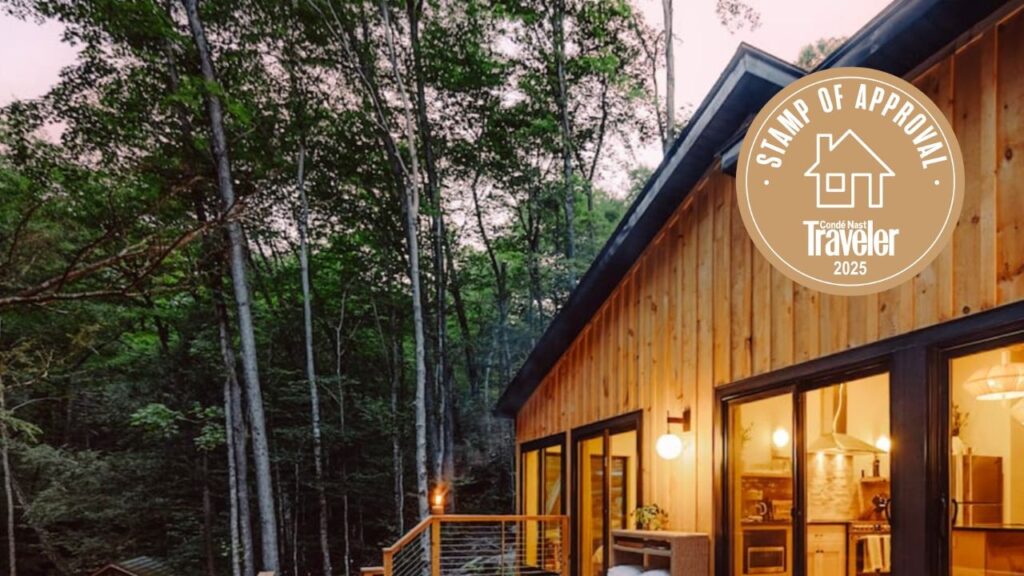Sober living homes are defined as safe, alcohol and drug-free peer group houses that implement a setting that encourages sobriety among individuals working towards maintaining their sober condition. Such houses do not comprise formal treatment intervention but only provide peer support and structured conditions to help residents maintain abstinence. A total of 300 individuals in two types of SLHs who were studied for a period of 18 months reported significant improvements in factors such as alcohol and drug use, employment, arrests, and mental health. This article discusses what the main findings from this study mean for recovery plus next steps for research and community support.
What Are Sober Living Houses?
Sober living houses are homes for individuals recovering from alcohol or drug dependency where they can stay together in an environment free from both substances; unlike halfway houses, SLHs are not government-funded or licensed, and it is the residents who pay their own rent as well as other fees. The recovery philosophy in SLHs focuses on:
- Alcohol and drugs are not permitted; residents must maintain sobriety to continue staying in the house as well as complying with all the rules of the house.
- Twelve-step group participation, residents encouraged or in some places required to attend such groups as Alcoholics Anonymous meetings and actively work their recovery.
- Peer support, in which the residents support each other and generally those with more clean time overtly assist the new kids on the block.
- Resident responsibility, wherein the residents pay their own way plus help with chores and house meetings.
- Flexible stay wherein how long the resident stays is not set by a clock running down as in halfway houses but rather by rule-breaking.
SLHs have a great presence in California with more than 500 houses affiliated either to the California Association of Addiction Recovery Resources (CAARR) or to the Sober Living Network (SLN). Some houses operate on a “strong manager” model in which the owner creates rules, while others operate under a “social model” and allow resident participation in decision-making through a residents’ council.
Key Findings from the Study
The study tracked 300 people living in two kinds of SLHs: Clean and Sober Transitional Living (CSTL) in Sacramento County and Options Recovery Services (ORS) in Berkeley, California. CSTL stands alone, but ORS connects to a treatment plan that patients visit during the day.
- Better Sobriety: Residents demonstrated great decreases in the use of both alcohol and drugs. At CSTL, rates of abstinence rose from 20% at entry to between 40 and 45% at 6, 12, and 18 months. At ORS, abstinence increased from 11% to 68% at both 6 and 12 months falling a bit to 46% at 18 months. The mean number of days residents used substances also fell substantially.
- Work Better: At CSTL and ORS, people living there got better jobs. For example, at CSTL, job problem scores went down from 0.76 to 0.53 by 6 months and stayed the same after that time. ORS also showed good changes; job problem score fell from 0.61 to 0.51.
- Reduced arrest rates: At CSTL, in the six-month period prior to entry, 42% of residents had been arrested; this fell to 26% at six months and 22% at twelve months. The odds of being arrested at ORS dropped by 80% from baseline to six months.
- Better mental health: Psychiatric signs got better at CSTL, with lessening going from 0.83 to 0.69 by 6 months. There was a small rise by 18 months but the betterment was still clear.
- Participation in 12-step groups such as AA was the strongest predictor of abstinence. Greater numbers of sober or recovering individuals in the social networks of Residents predicted better outcomes. The psychiatric problems of Residents predicted worse outcomes, especially at CSTL.
It revealed that residents were able to sustain those gains even after their exit from SLHs, speaking volumes about the long-term benefits. Retention was also great since the average length of stays was 166 days at CSTL and 254 days at ORS; this well overshot the minimum recommended for recovery programs of 90 days.
Why These Findings Matter
It underscores the importance of SLHs as a recovery option for varied groups, such as those post-treatment completers, in outpatient programming, seeking non-treatment recovery paths, or exiting jail or prison. Here’s how SLHs can impact different systems:
- Supporting Treatment Programs
ORS are SLHs, inexpensive and successful for low-income communities since they tie in with outpatient programs. Residents may stay as long as their stay is deemed necessary unlike halfway houses where time limits exist. In this way, flexibility gives a better chance to prevent relapse since residents can move to independent living only when they are ready. SLHs are an alternative means for residential treatment where funds are inadequate in the community; most often funded through government assistance received by the resident.
Freestanding SLHs, such as CSTL, are appropriate for individuals who have initiated some degree of recovery but require support to maintain abstinence. They offer a supportive environment without the constraints of formal treatment or the pressures on existing overloaded treatment systems. Hence, they become an attractive alternative for individuals unwilling or unable to participate in the traditional program. - Helping Criminal Justice Systems
Since there is no better option in America for houses, SLHs might be the next best viable housing solution for offenders who are returning to their communities. Prison and jail crowding are so intense in the US. More than 7 million people get releases from jails every year, meaning most do not have stable housing, increasing the risk of recidivism that they return back into jail. This study just found out some justice-criminal-referred-residents had as good an outcome regarding sobriety as any others but were much worse when it came to getting a job and staying out of being arrested. This can work for offenders but probably needs specific help like help in finding a job or help in keeping to parole terms. - Community Benefits
Public resources may be preserved through expenditure at SLHs by providing an effective stable recovery environment thereby reducing the need for public funds supporting substance use, arrest, and mental health issue expenditure. This enables people to be of more assistance to their communities. The community has to decide which model between the freestanding SLH or one tied to treatment best meets their needs.
Limitations of the Study
- No face-to-face comparison: Each SLH type served a different population, so it’s not possible to say which model works better.
- Choosing themselves: People picked to go into SLHs, so they might have been more eager, possibly affecting the good results.
- Not much about subgroups: The study didn’t look deeply at specific groups, like women or minorities, because of how many were in the study.
Even so, these choices better reflect real-world decisions since people typically self-select into recovery programs thereby making the findings relevant to how SLHs operate.
What’s Next for Sober Living House Research?
Successful completion of this study paves the way for further studies aimed at improving SLHs and their acceptance in communities. Two key areas are:
- Studies of larger samples of offenders are planned as the next step of research to identify those factors that facilitate their success within SLHs and to compile, in turn, a new version of Motivational Interviewing Case Management (MICM) designed to assist offenders in their adjustment to SLHs as well as in fulfilling requirements for parole and obtaining employment. This will further break rearrests on technical violations and enhance positive employment outcomes.
- Understanding Community Views – Researchers intend to explore the perceptions of community stakeholders who may include neighbors, treatment providers, and local government officials. Their support or concerns will give an indication of issues that need to be addressed in improving the operation of SLHs and exploring the possibility of expanding their usage. For example, some might not be informed about what SLHs are, or they would rather other forms of treatment be used; thus, this can limit the growth of SLHs.
Why Sober Living Houses Matter
Unique, flexible, inexpensive recovery support. That is what SLHs offer. Results evidenced that individuals were able to maintain lower levels of substance use, attain better employment, reduce arrests, and improve mental health after staying at an SLH. By centering on peer support and 12-step involvement, SLHs build a community that supports the attainment and maintenance of sobriety. For a community in the grip of an addiction problem, crowded jails, or slim pickings when it comes to treatment options, SLHs could change everything.
Community concerns and support for specific populations such as criminal justice offenders must be incorporated in the expansion of SLHs. With further studies and community support, SLHs can be instituted as an alternative recovery house that is widely accepted and helps many individuals sustain sobriety.






















